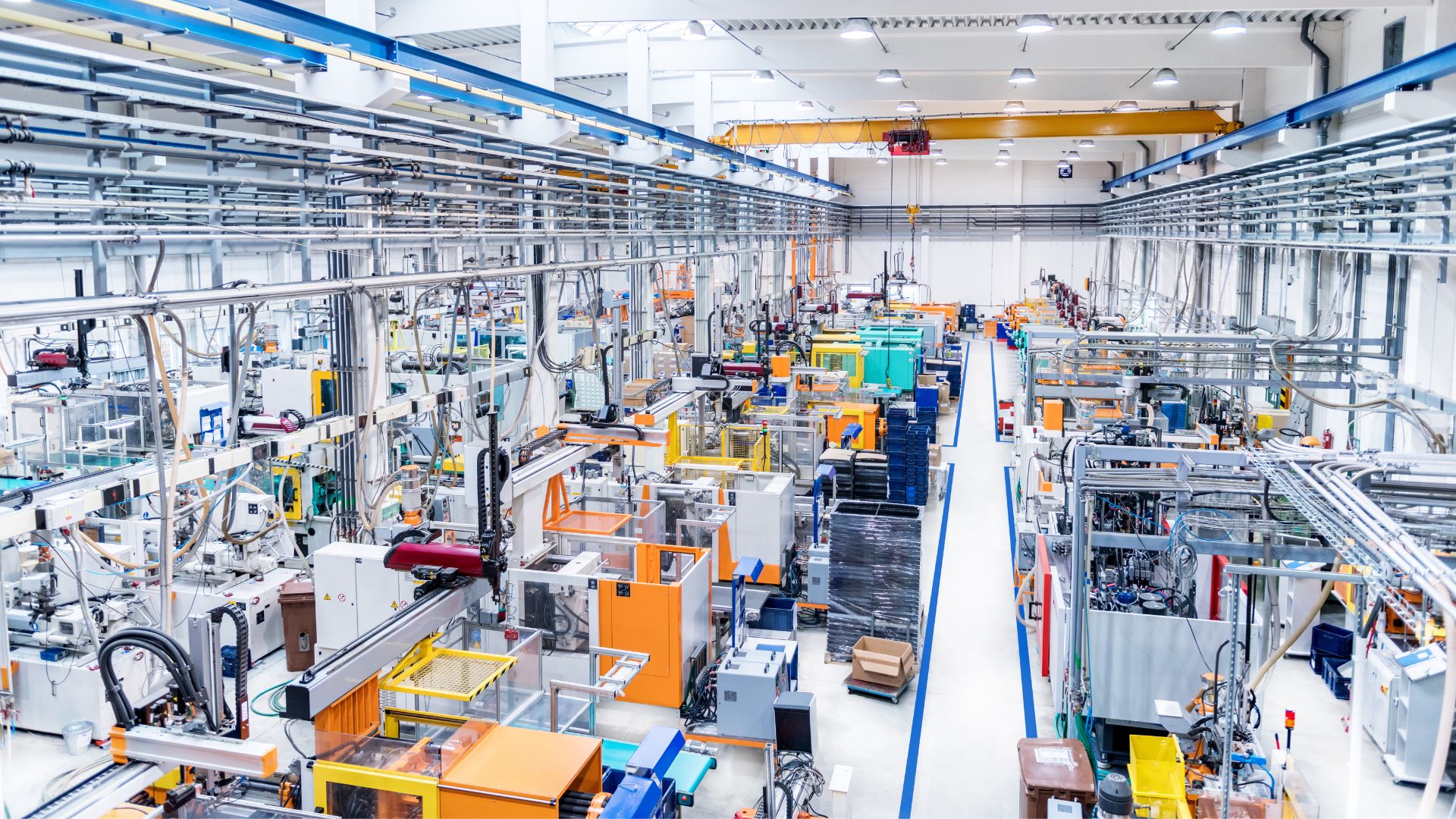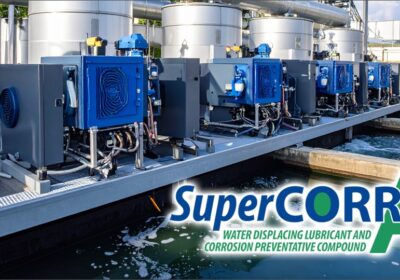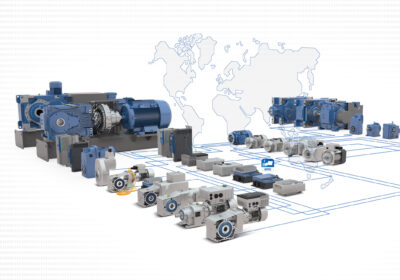Ever heard the phrase “You can’t manage what you can’t measure”? It’s often attributed to quality and process control guru W. Edwards Deming and management consultant Peter Drucker. Neither really said it, but this expression raises an important point. Consider facilities managers (FMs). How can they improve energy efficiency if they can’t monitor energy use? Here Dave Lister, healthcare solutions specialist at IAconnects, a specialist in IoT monitoring solutions, explains how monitoring energy consumption in real-time can improve sustainability and reduce costs.
Rising energy costs, ambitious net-zero targets and increasingly stringent regulations have all made energy efficiency a top priority for businesses. The Streamlined Energy and Carbon Reporting (SECR) requires large organisations in the UK to report their energy use. They must also provide information about their carbon emissions. This reporting happens every year. Similarly, under The Energy Savings Opportunity Scheme (ESOS), companies must regularly audit energy consumption and carbon emissions.
Energy monitoring is important for understanding this complex situation. It helps businesses manage their energy and electricity use effectively. Real-time insights can help businesses find inefficiencies, save money, and lower their carbon footprint. This supports their Environmental, Social, and Governance (ESG) goals.
We always say, consider the four C’s: Compliance, Consumption, Cost and Conservation. As well as meeting regulatory requirements, energy monitoring helps deliver in all these areas while driving real efficiency progress.
The benefits of monitoring
Energy monitoring empowers businesses, offering real-time insights into inefficiencies and the amount of electricity they produce across operations. By analysing consumption patterns, FMs can find trends and spot areas with high usage. This includes old HVAC systems, outdated lighting and energy-wasting habits, such as forgetting to turn the lights off. Monitoring is the first step and will help determine the required interventions.
Energy monitoring also facilitates proactive maintenance, identifying potential issues before they escalate into costly repairs. For example, abnormal consumption patterns can signal malfunctions in electrical equipment, allowing teams to address problems early and maintain optimal performance. Meanwhile, FMs can tailor their monitoring to different levels of granularity, from meter to asset level. This flexibility is crucial, it enables businesses to maintain precise control over energy use and ensure efficient operations across entire facilities and individual departments.
The challenges
Introducing energy monitoring systems can be complex, with several hurdles. A prominent issue is the compatibility of new systems with legacy infrastructure, which may require costly upgrades or workarounds. The installation can also be challenging and intricate, with FMs trying to navigate budget constraints and keep operational disruptions to a minimum.
Data overload can be a problem for businesses. They may find it hard to tell useful insights from irrelevant data. This issue is made worse by gaps in their internal expertise. To overcome these barriers, organisations should invest in scalable, future-proof solutions that adapt to evolving needs. Partnering with an experienced provider ensures systems are seamlessly integrated and delivers meaningful insights to maximise results.


Leveraging technology for efficiency
Modern energy monitoring solutions, such as IoT sensors, sub-metering systems, and real-time dashboards, provide detailed insights that drive efficiency. These tools enable predictive maintenance, automate optimisation strategies like HVAC adjustments, and help manage peak loads to prevent energy spikes.
Choosing interoperable systems with open communication standards enhances data integration, giving FMs a comprehensive view of energy consumption. Using these tools with current building management systems (BMS) improves the data available. This helps FMs make informed decisions that support net-zero and ESG goals.
Energy monitoring truly exemplifies the principle, “You can’t manage what you can’t measure.” By enabling real-time insights and actionable energy data, businesses can reduce energy bills, improve sustainability and meet compliance requirements.
For more information on monitoring solutions that can help you monitor and track your site’s energy consumption, visit the IAconnects website. To schedule a personalised demo of a solution with Claire, visit the website and select a date.








